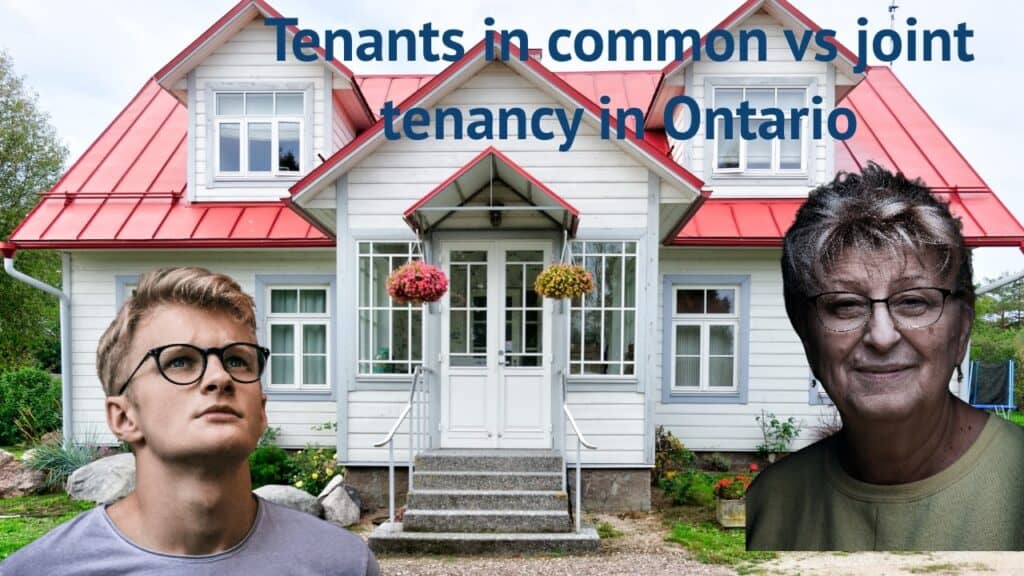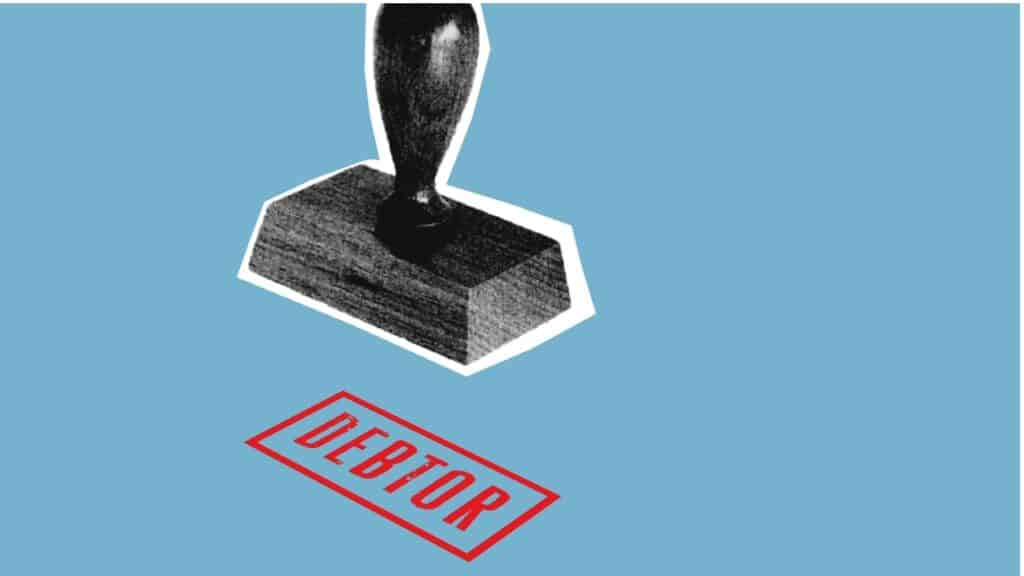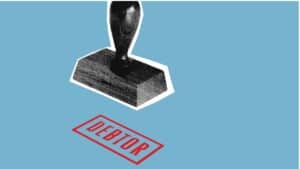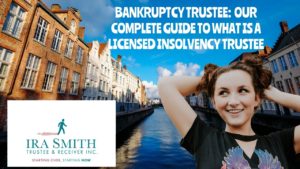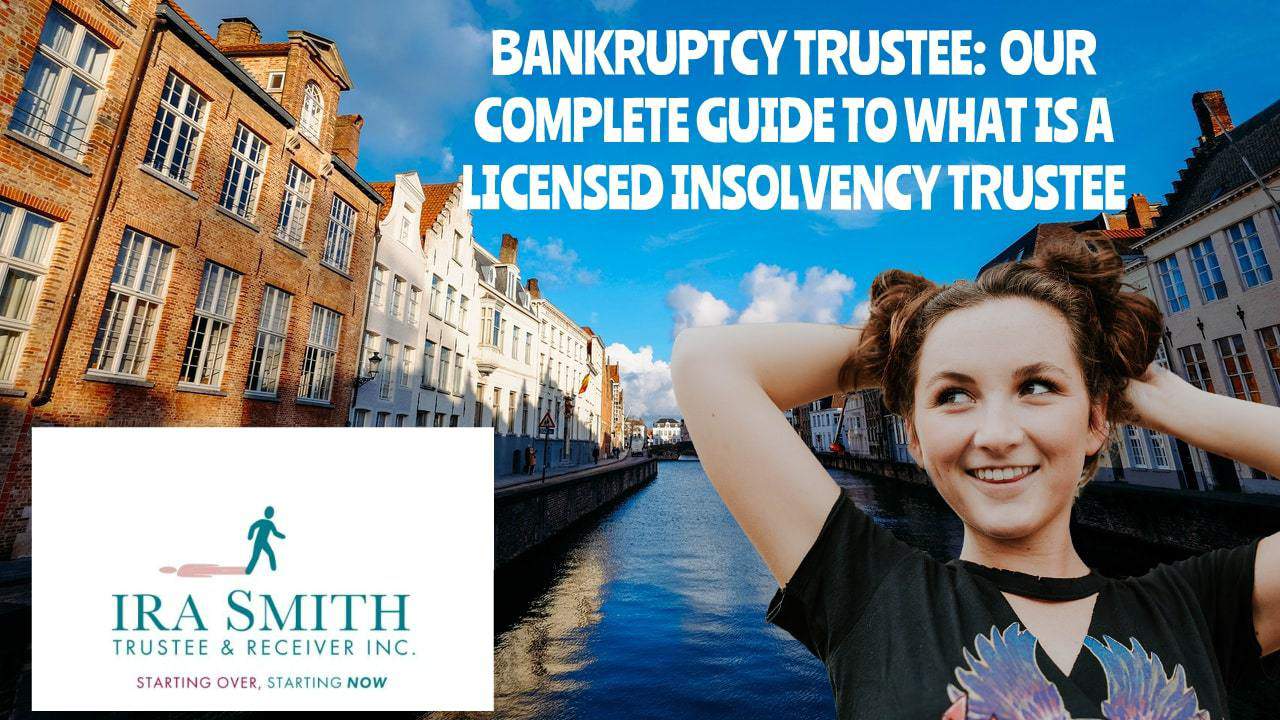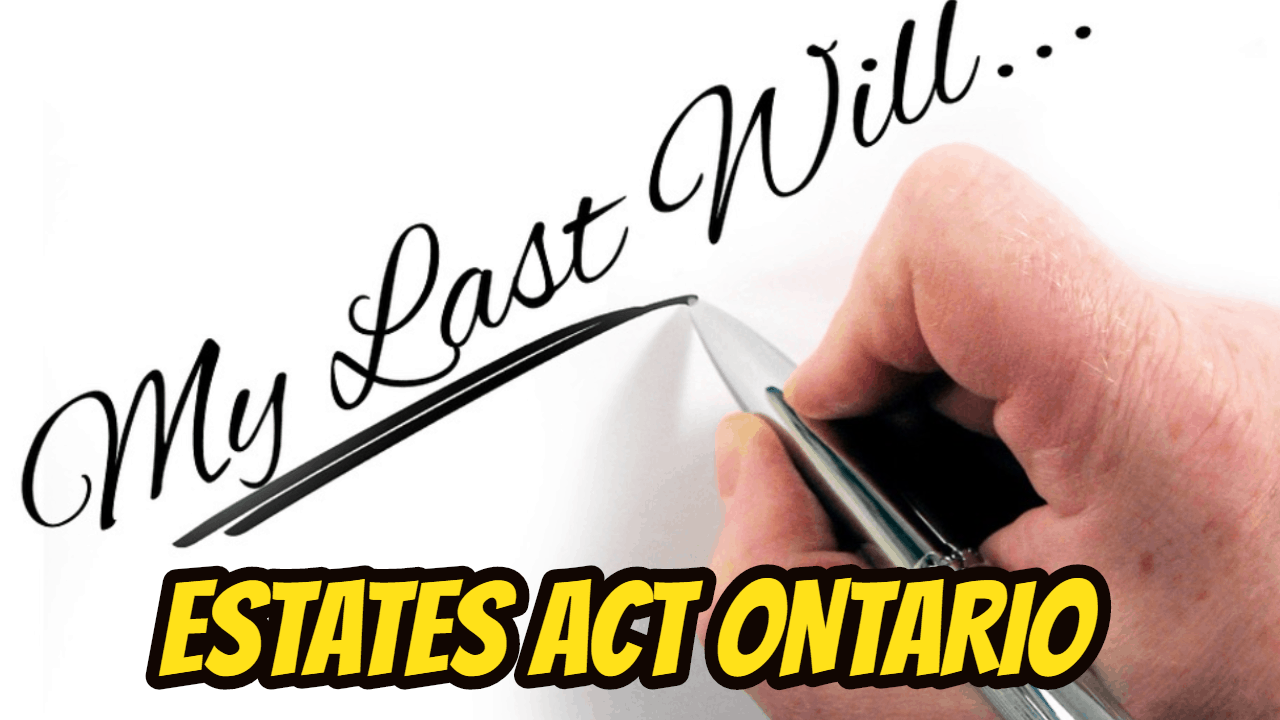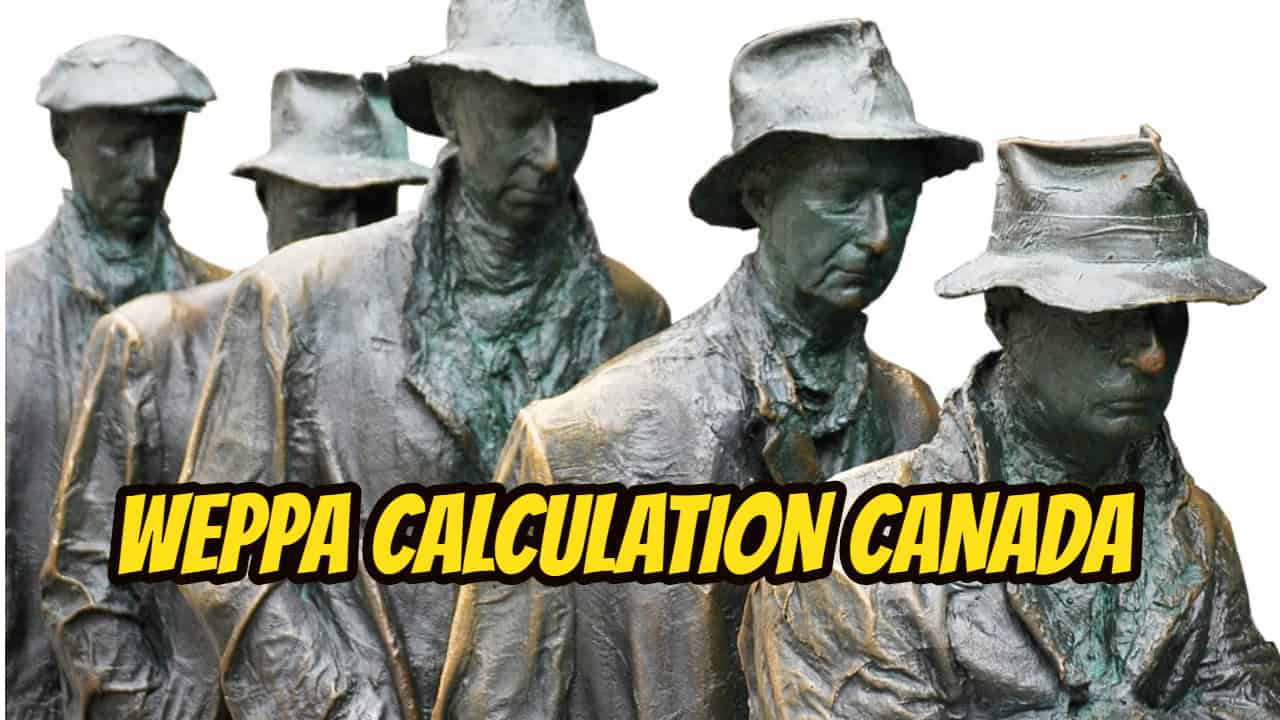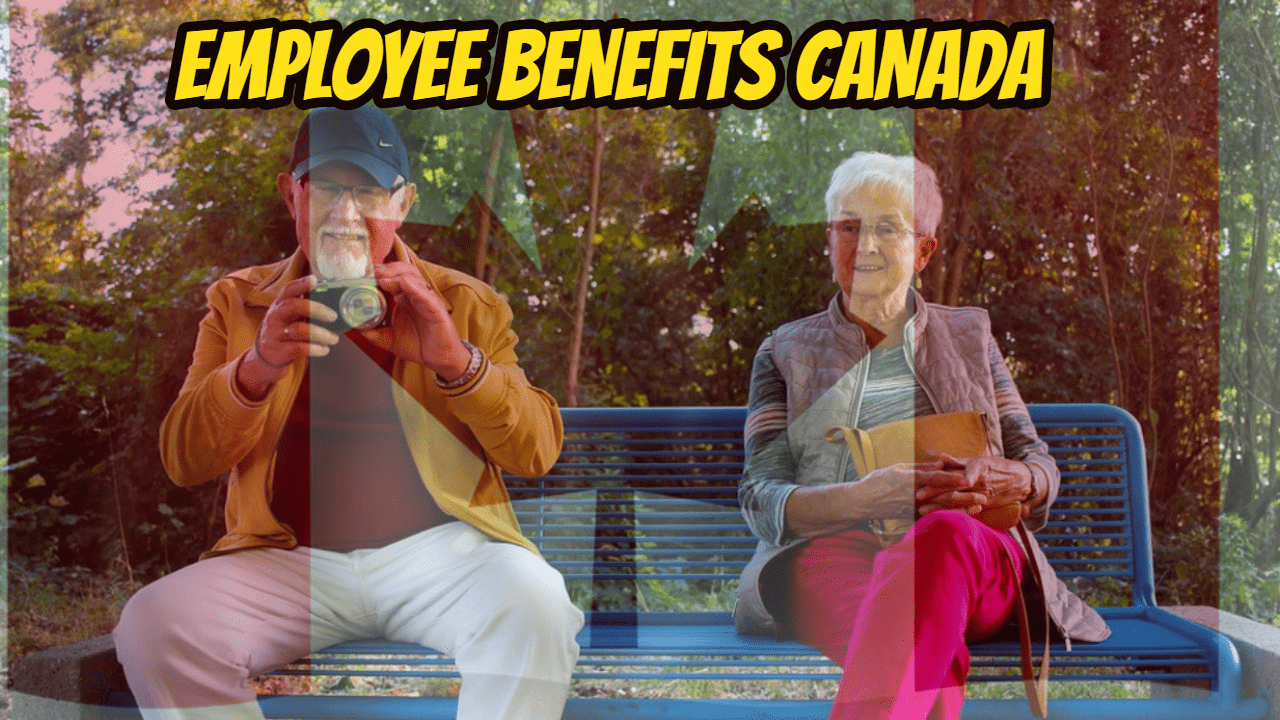
We hope that you and your family are safe, healthy and secure during this COVID-19 pandemic.
Ira Smith Trustee & Receiver Inc. is absolutely operational and Ira, in addition to Brandon Smith, is readily available for a telephone consultation or video meeting.
If you would like to listen to the audio version of this Brandon Blog, please scroll to the very bottom and click play on the podcast.
Your Bankruptcy Discharged – But Wait
Well, that took no time at all. Last week I told you about a bankruptcy discharge hearing I attended where the bankrupt person had his bankruptcy discharged by the Master in the Ontario Superior Court of Justice In Bankruptcy and Insolvency.
The Master’s decision was released on August 13, 2021. On August 20, 2021, we received the Notice of Motion of the opposing creditor appealing the Master’s decision to give this person his discharge from bankruptcy. That is their right.
In this Brandon Blog, I want to discuss the reasons for the opposition to the fact that this bankrupt had his bankruptcy discharged and my thoughts on one scenario of how this may play out. First, I just want to refresh your memory about the bankruptcy process and specifically how the discharge under bankruptcy law in Canada process works. Then I will get into this real-life story.
Bankruptcy is a roughly 9-month legal process to eliminate debt for the simplest of cases
Canada’s Bankruptcy and Insolvency Act (BIA) gives people the option of filing a debt management plan restructuring consumer proposal if they are unable to pay back all unsecured debt owing to their unsecured creditors. This option offers the consumer a way to maybe keep their home and car that is heavily financed, as long as they can maintain the payments to the secured creditors such as the financial institution who financed the purchase of the home by way of the mortgage, or the auto loan, and it makes sense in their budget.
A successful consumer proposal is also the way to avoid bankruptcy. Like bankruptcy, the process starts with a no-cost consultation for financial advice with a licensed insolvency trustee. A licensed trustee is the only party able to administer a consumer proposal in Canada (or a bankruptcy). The Trustee can help you lose your debt load.
A first-time bankrupt who fulfills all of their obligations, including attending 2 mandatory credit counselling sessions, is entitled to a discharge after 9 months from the date of bankruptcy.

A bankruptcy discharged: First and second bankruptcy (or more)
When an insolvent debtor files for bankruptcy for a second time, you cannot be discharged after a nine months bankruptcy period. When you don’t need to pay the Trustee any surplus income payments, a second bankruptcy lasts for a minimum of 24 months. A second-time bankruptcy filer with surplus income must make those payments for 36 months to qualify to get their bankruptcy discharged.
A third or subsequent bankruptcy follows the same timeline as a second bankruptcy. There is, however, a high probability that the Trustee or creditors will oppose the discharge. Where there is opposition, there must be a court bankruptcy discharge hearing and the court can impose any conditions it deems appropriate.
What does bankruptcy discharged mean in Canada?
It is a Canadian legal term used to describe the release of a consumer debtor or business proprietorship from their obligations, responsibilities, debts, and legal claims. “Bankruptcy” is a legal proceeding to protect the estate of a person or company. “Discharge” fulfills the requirement that a person is released from their obligations, responsibilities, debts, and legal claims through the bankruptcy process. There is no equivalent requirement for a company.
The insolvent debtor filing for bankruptcy merely invokes the legal protection to the person and puts a bankruptcy trustee in place to realize upon any available assets in the bankruptcy estate for the benefit of the creditors. Bankruptcy filings do not relieve the person of their debts. It is when the person is bankruptcy discharged, that they are released from their debts (other than for a select list of exceptions).

Bankruptcy discharged: Types of bankruptcy discharge
The licensed insolvency trustee can usually issue an automatic discharge when there is no trustee in bankruptcy opposition or creditor opposition to a bankrupt’s application for discharge, and the bankrupt has fulfilled all of their duties during bankruptcy.
In case of opposition or if the bankrupt meets one of the criteria that prevents automatic discharge (for example, the bankruptcy process finds the bankrupt to have a high tax debt situation), a discharge hearing in court is held, which is conducted by the Master of the Bankruptcy Court. There are four types of the bankruptcy discharge and a fifth outcome is also possible. Here they are:
- Absolute discharge – An absolute discharge means that the bankrupt may obtain a discharge immediately. If the bankrupt has fulfilled all of their duties and there is no insolvency trustee or creditor opposition, this can be provided by the licensed insolvency trustee of the bankruptcy estate handling the bankruptcy administration;
- Conditional discharge – can get discharged if certain conditions are met. Typically, to get bankruptcy discharged this way, conditions include payment to the licensed insolvency trustee;
- Suspended – the bankruptcy discharge will be granted at a later date and may very well be combined with an absolute bankruptcy discharge or conditional bankruptcy discharge;
- Refused– because the debtor has not made full disclosure or done other bankruptcy duties; or
- “No order” – the insolvency trustee informs the court that the bankrupt has not fulfilled all of his or her obligations and has failed to respond to the Trustee’s demands for information despite the passing of time. The licensed insolvency trustee is at liberty to seek its discharge when the “no order” order is provided. When the bankrupt has actually complied with the court’s requirements, he or she may apply for a hearing for discharge. When the Trustee gets its discharge, the stay of proceedings preventing collection actions against the bankrupt disappears.
A bankruptcy discharged: The appeal just served upon us – a true story
To refresh your memory about the discharge hearing itself you can CLICK HERE. The appeal just served upon us seeks an Order setting aside the decision of the Master made on August 13, 2021. The grounds for the appeal can be described as throwing everything including the kitchen sink! The stated grounds are that the Learned Registrar erred:
- by granting the bankrupt an absolute discharge from bankruptcy;
- in holding that the Receiver’s interest in the discharge application is not firmly established and by not recognizing that should the Receiver be paid an amount in excess of the debt owed to the secured creditor, any surplus funds would be available for the other creditors of the
corporate bankruptcy estate; - in holding that the discharge hearing is not the proper forum in which to make determinations as to the propriety of the various transactions that the Receiver has raised;
- in finding that the bankrupt has generally cooperated with me as his Trustee;
- in declining to consider the bankrupt’s conduct in the corporate bankruptcy because that the trustee in the corporate bankruptcy had remedies available to it;
- in finding that the failure of the company’s business was due to the loss of its 1 customer and pricing related to that arrangement;
- in relying on her finding that the corporate trustee may be the only truly interested party on the discharge or would benefit most from the conditional order sought if the secured debt is otherwise repaid;
- in exercising her discretion in finding that an order of discharge requiring payment of the significant amount proposed by the Receiver is not reasonable;
- in finding that the bankrupt has no ability to pay and that his future prospects to pay are unknown;
- in finding that an order for a conditional discharge of the magnitude sought would be tantamount to a refusal;
- by omitting to consider relevant evidence or the absence thereof, in relying on irrelevant considerations, and/or giving improper weight to the evidence before the Court; and
- anything else the lawyers may want to say.
Standard of review to getting a personal bankruptcy discharged
Such an appeal from a bankruptcy discharge hearing has a standard of review. According to BIA S. 192(1), the bankruptcy registrar can, among other things, grant orders of discharge. S. 192(4) of the BIA permits a party dissatisfied with a registrar’s order or decision to appeal it to a judge.
Registrars are exercising judicial discretion when granting discharges in bankruptcy cases. As long as the registrar acted reasonably, the judge should not set it aside or ignore it. Furthermore, if an appeal from a bankruptcy discharge order is based on alleged errors in factual findings, the court will not intervene if the findings of fact can be justified based on credible evidence. If the registrar has materially misinterpreted the law or made an error in respect of the facts underpinning his or her discretion, discretionary decisions can, of course, be overturned.
If the registrar decides that in order for the person to get their bankruptcy discharged, the court imposes conditions, those conditions must be realistic to allow the bankrupt to meet the requirements in a reasonable amount of time. If an amount ordered in order for the person to get their bankruptcy discharged is unrealistic and the discharge is conditional on making additional payments, the appellate court in such cases previously held that results in an error of law. The appellate judge can either substitute other conditions or refer the matter back to the registrar for reconsideration.
A bankruptcy discharged: What my gut is telling me
I normally am not in the prediction business. However, having been the insolvency trustee responsible for administering the consumer bankruptcy, having written the reports to the court on the bankrupt’s application for discharge, having attended the discharge hearing and having heard all the evidence, having read the Registrar’s decision and the Appeal documentation, I believe that the appeal should be dismissed.
You might recall that opposing the bankrupt getting bankruptcy discharged was the Receiver of the company previously operated by the bankrupt. As a result of complaints regarding the bankrupt and his family in relation to the company’s operations, the Receiver has filed lawsuits against several parties. The proceedings are still pending. According to previous court rulings, the court should not consider the issues raised in other proceedings when deciding whether to discharge the bankrupt. A discharge hearing is a summary proceeding. It is important to see how the debtor behaved during HIS bankruptcy.
As for the judge’s decision, only time will tell. I’ll keep you up to date as always.

Bankruptcy discharged summary
I hope that you found this bankruptcy discharged Brandon Blog helpful in telling this real-life story of an appeal to a person getting their bankruptcy discharged. Problems will arise when you are cash-starved and in debt. There are several insolvency processes available to a person or company with too much debt. You may not need to file for bankruptcy.
If you are concerned because you or your business are dealing with substantial debt challenges, you need debt help and you assume bankruptcy is your only option, call me.
It is not your fault that you remain in this way. You have actually been only shown the old ways to try to deal with financial issues. These old ways do not work anymore.
The Ira Smith Team utilizes new modern-day ways to get you out of your debt difficulties with debt relief options as an alternative to bankruptcy. We can get you the relief you need and so deserve. Our professional advice will create for you a personalized debt-free plan for you or your company during our no-cost initial consultation.
The tension put upon you is big. We know your discomfort factors. We will check out your entire situation and design a new approach that is as unique as you and your problems; financial and emotional. We will take the weight off of your shoulders and blow away the dark cloud hanging over you. We will design a debt settlement strategy for you. We know that we can help you now.
We understand that people with credit cards maxed out and businesses facing financial issues need a realistic lifeline. There is no “one solution fits all” method with the Ira Smith Team. Not everyone has to file bankruptcy in Canada. The majority of our clients never do as we know the alternatives to bankruptcy. We help many people and companies stay clear of filing an assignment in bankruptcy.
That is why we can establish a new restructuring procedure for paying down debt that will be built just for you. It will be as one-of-a-kind as the economic issues and discomfort you are encountering. If any one of these seems familiar to you and you are serious about getting the solution you need to become debt-free, contact the Ira Smith Trustee & Receiver Inc. group today.
Call us now for a no-cost consultation.
We hope that you and your family are safe, healthy and secure during this COVID-19 pandemic.
Ira Smith Trustee & Receiver Inc. is absolutely operational and Ira, in addition to Brandon Smith, is readily available for a telephone consultation or video meeting.


